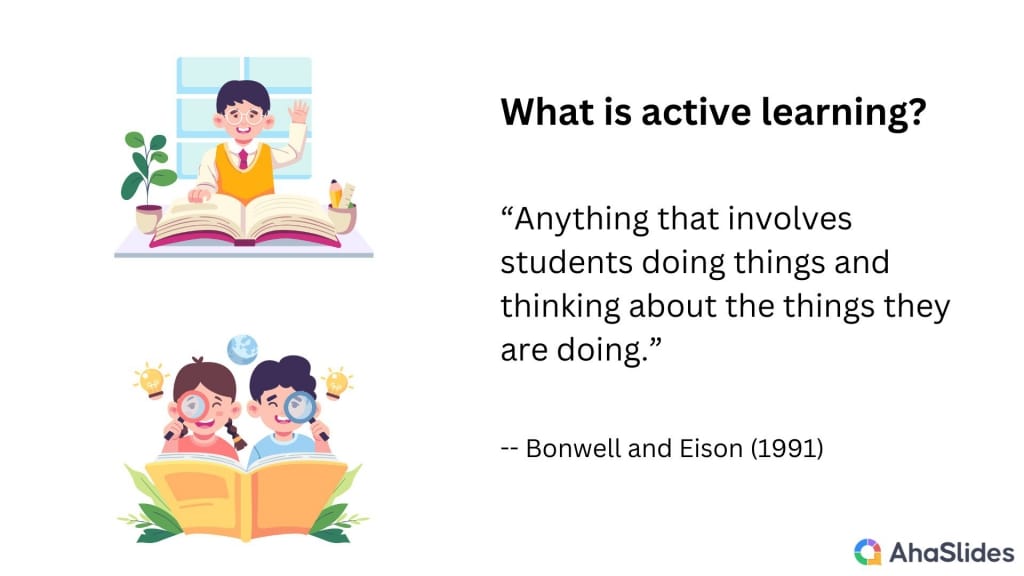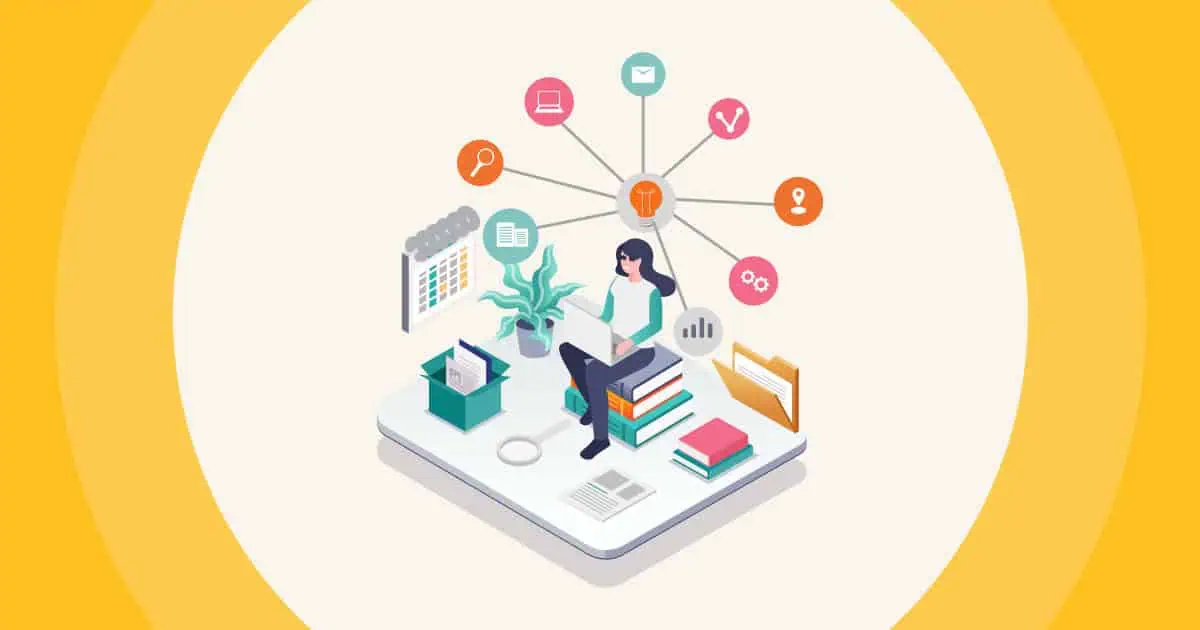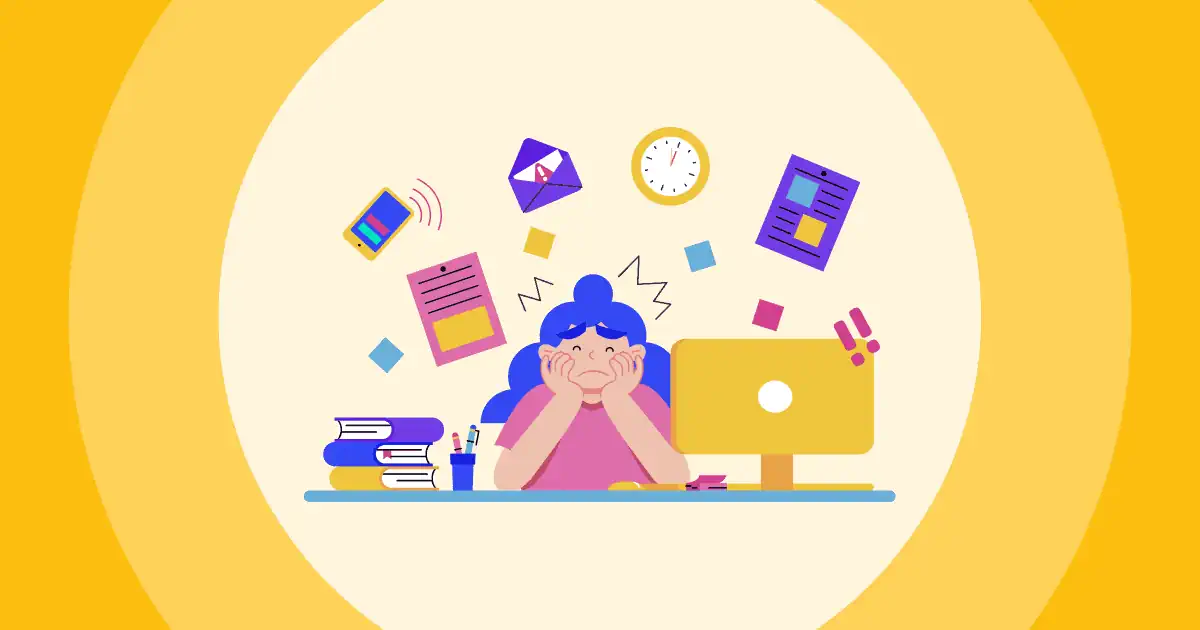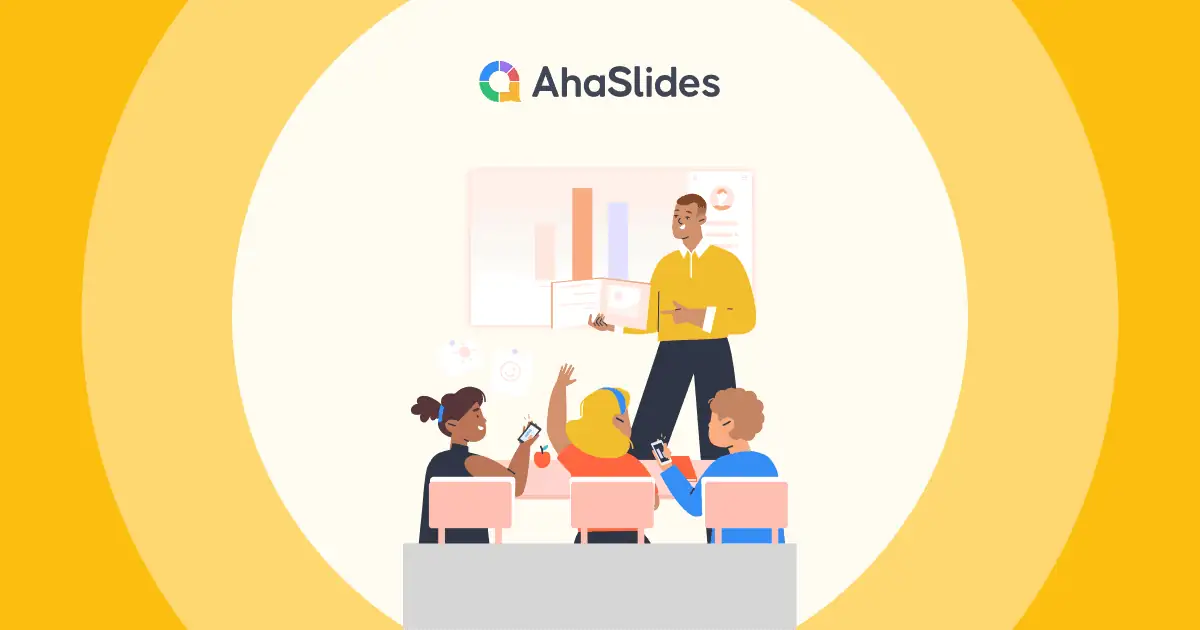Active learning is one of the most popular and effective teaching approaches used in education today.
Learning with fun, hands-on activities, group collaboration, going on an interesting field trip, and more. All these things sound like elements of an ideal classroom, right? Well, you're not far off.
Dive in to learn more about this innovative approach to learning.
Overview
| What is active learning also called? | Inquiry-based learning |
| What is the meaning of active learning? | Students are actively or experientially involved in the learning process |
| What are 3 active learning strategies? | Think/Pair/Share, Jigsaw, Muddiest Point |
Table of Contents
- What is Active Learning?
- What is the Difference between Passive and Active Learning?
- Why is Active Learning Important?
- What are the 3 Active learning strategies?
- How to Become an Active Learner
- How can Teachers Promote Active Learning?
What is Active Learning?
What is active learning in your mind? I guarantee that you've heard about active learning hundreds of times before, maybe from your teachers, your classmates, your tutors, your parents, or from the internet. How about inquiry-based learning?
Did you know that active learning and inquiry-based learning are essentially the same? Both methods involve students being actively engaged with course material, discussions, and other classroom activities. This approach to learning encourages student participation and involvement, making the learning experience more meaningful and effective.
The concept of active learning was broadly defined by Bonwell and Eison as “anything that involves students doing things and thinking about the things they are doing” (1991). In active learning, students engage in their learning through a process of observation, investigation, discovery, and creation.
What are the 5 examples of inquiry-based learning? Examples of inquiry-based learning include Science Experiments, Field Trips, Classroom Debates, Projects, and Group Work.

What is The Difference between Passive and Active Learning?
What is active learning and passive learning?
Active vs. Passive Learning: What's the Difference? Here is the answer:
| What is Active Learning | What is Passive Learning |
| Needs students to ponder, discuss, challenge, and examine information. | Needs learners to absorb, embody, evaluate, and translate information. |
| Provokes conversation and debate | Initiates active listening and paying attention to detail. |
| Is considered to activate higher-order thinking | Helps students to memorize knowledge. |
Why is Active Learning important?
"Students in courses without active learning were 1.5 times more likely to fail than students with active learning." - Active Learning Study by Freeman et al. (2014)
What is Active learning's benefit? Rather than sitting in class, listening to teachers, and taking notes like passive learning, active learning requires students to act more in the classroom to absorb knowledge and put it into practice.
Here are the 7 reasons why active learning is encouraged in education:

1/ Help students to Meet the Learning Objectives
By actively engaging with the material, students are more likely to understand and retain the information they're learning. This approach ensures that students are not just memorizing facts, but truly comprehending and internalizing the concepts.
2/ Improve Students' Self-Awareness
Active learning encourages students to take charge of their own learning. Through activities like self-assessment, reflection, and peer feedback, students become more aware of their strengths, weaknesses, and areas for improvement. This self-awareness is a valuable skill for all students that extends beyond the classroom.
3/ Require Student Preparation
Active learning often involves preparation prior to class sessions. This could include reading materials, watching videos, or conducting research. By coming to class with some background knowledge, students are better equipped to actively participate in discussions and activities, leading to more efficient learning experiences.
4/ Increase Engagement
Active learning methods grab students' attention and maintain their interest. Whether it's through group discussions, hands-on experiments, or field trips, these activities keep students engaged and motivated to learn, reducing the likelihood of boredom and disinterest.
5/ Provoke Creative Thinking
When presented with real-world problems or scenarios, students in active learning environments are pushed to come up with innovative solutions and explore different perspectives, fostering a deeper understanding of the subject matter.
6/ Boost Collaboration
Many active learning activities involve group work and collaboration, especially when it comes to college education. Students learn to communicate effectively, share ideas, and work together to achieve a common goal. These skills are essential for success in both academic and professional settings.
7/ Prepare for Professional Life
What is Active learning's meaning in professional lives? Actually, most workplaces are active learning environments where employees are expected to seek information, update skills, practice self-management, and operate without constant supervision. Thus, being familiar with Active learning since high school can prepare students for better facing their professional lives in the future.
What are the 3 Active Learning Strategies?
An active learning strategy is essential to engage learners in deep thought about the subject matter in your course. The most common active learning methods include Think/Pair/Share, Jigsaw, and Muddiest Point.

What is the Think/Pair/Share method?
Think-pair-share is a collaborative learning strategy where students work together to solve a problem or answer a question. This strategy follows 3 steps:
- Think: Students are required to think individually about an assigned topic or answer a question.
- Pair: Students are paired up with a partner and share their opinions.
- Share: The class comes together as a whole. Each pair of students shares a summary of their discussion or the key points they came up with.
What is the Jigsaw method?
As a cooperative learning approach, the Jigsaw method (first developed by Elliot Aronson in 1971) encourages students to work in teams and depend on each other to gain a holistic understanding of complex topics.
How does it work?
- The class is divided into small groups, with each group consisting of students who will become "experts" on a particular subtopic or aspect of the main subject.
- After the expert group discussions, students are reshuffled and placed into new groups.
- In the jigsaw groups, each student takes turns sharing their expertise on their subtopic with their peers.
What is the Muddiest Point method?
The Muddiest Point is a classroom assessment technique (C.A.T.) that provides students with opportunities to specify what they are most unclear and confused about, which is opposed to the Clearest point where the student understands most fully the concept.
The Muddiest Point is most suitable for students who always act hesitant, shy, and embarrassed in class. At the end of a lesson or learning activity, students can Ask for Feedback and Write Down the Muddiest Points on a piece of paper or a digital platform. This can be done anonymously to encourage honesty and openness.
How to Become an Active Learner
To become an active learner, you could try some active learning techniques as follows:
- Take notes of the main points in your own words
- Summarize what you read
- Explain what you have learned to someone else, for example, peer teaching, or group discussion.
- Ask open-ended questions about the material as you read or study
- Create flashcards with questions on one side and answers on the other.
- Keep a journal where you write reflections on what you've learned.
- Create visual mind maps to connect key concepts, ideas, and relationships within a topic.
- Explore online platforms, simulations, and interactive tools related to your subject.
- Collaborate with classmates on group projects that require research, analysis, and presentation of findings.
- Challenge yourself to think critically by asking Socratic questions like "Why?" and "How?" to delve deeper into the material.
- Turn your learning into a game by creating quizzes, challenges, or competitions that motivate you to explore the content more thoroughly.
How can Teachers Promote Active Learning?
The key to productive learning is engagement, especially when it comes to active learning. For teachers and educators, setting up a class that maintains students' strong focus and engagement, takes time and effort.
With AhaSlides, teachers can easily achieve this goal through interactive presentations and activities. Here's how teachers can use AhaSlides to promote active learning:
- Interactive Quizzes and Polls
- Class Discussions
- Flipped Classroom
- Immediate Feedback
- Anonymous Q&A
- Instant Data Analysis
Ref: Graduate Program | NYU








